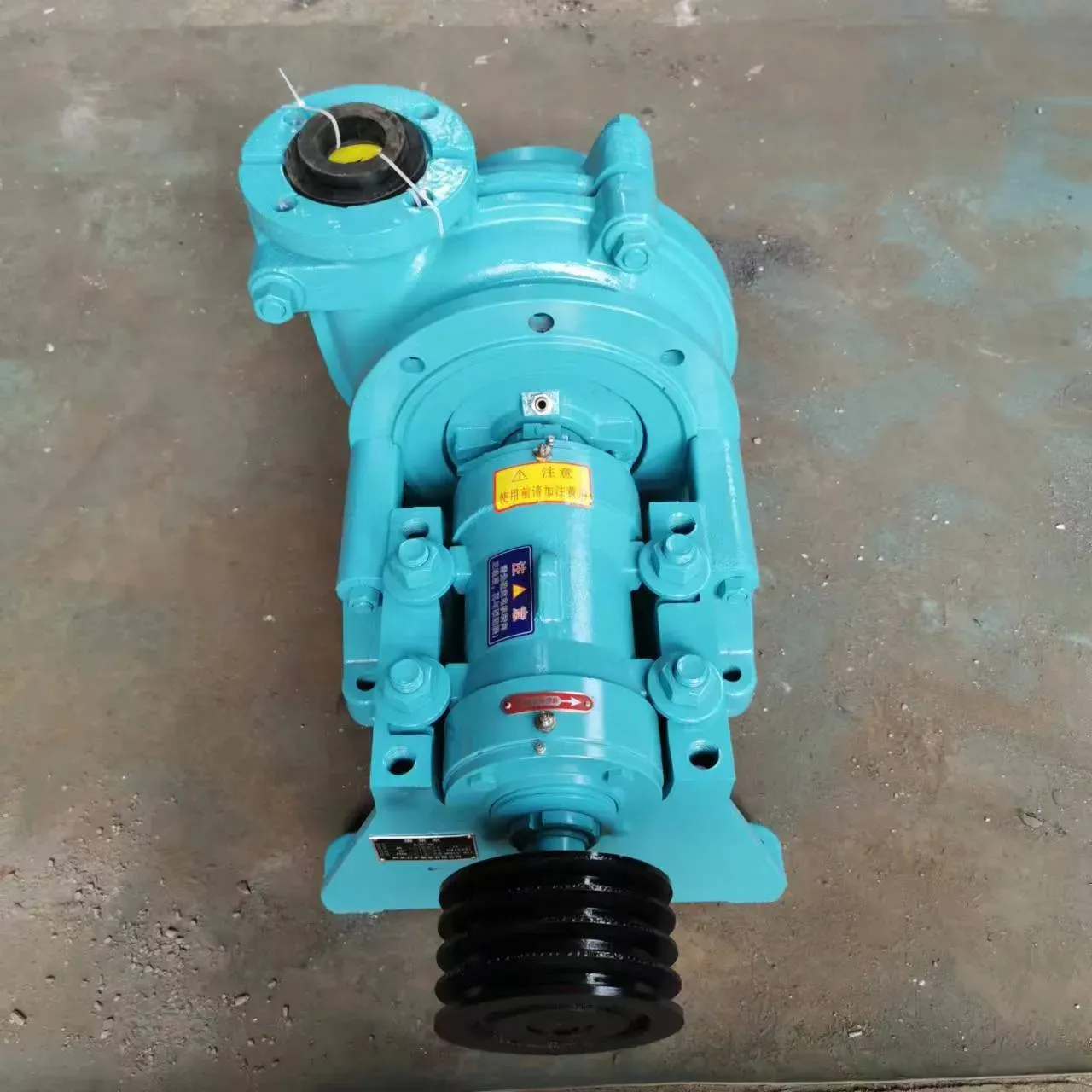Sindhi
- Afrikaans
- Albanian
- Amharic
- Arabic
- Armenian
- Azerbaijani
- Basque
- Belarusian
- Bengali
- Bosnian
- Bulgarian
- Catalan
- Cebuano
- Corsican
- Croatian
- Czech
- Danish
- Dutch
- English
- Esperanto
- Estonian
- Finnish
- French
- Frisian
- Galician
- Georgian
- German
- Greek
- Gujarati
- Haitian Creole
- hausa
- hawaiian
- Hebrew
- Hindi
- Miao
- Hungarian
- Icelandic
- igbo
- Indonesian
- irish
- Italian
- Japanese
- Javanese
- Kannada
- kazakh
- Khmer
- Rwandese
- Korean
- Kurdish
- Kyrgyz
- Lao
- Latin
- Latvian
- Lithuanian
- Luxembourgish
- Macedonian
- Malgashi
- Malay
- Malayalam
- Maltese
- Maori
- Marathi
- Mongolian
- Myanmar
- Nepali
- Norwegian
- Norwegian
- Occitan
- Pashto
- Persian
- Polish
- Portuguese
- Punjabi
- Romanian
- Russian
- Samoan
- Scottish Gaelic
- Serbian
- Sesotho
- Shona
- Sindhi
- Sinhala
- Slovak
- Slovenian
- Somali
- Spanish
- Sundanese
- Swahili
- Swedish
- Tagalog
- Tajik
- Tamil
- Tatar
- Telugu
- Thai
- Turkish
- Turkmen
- Ukrainian
- Urdu
- Uighur
- Uzbek
- Vietnamese
- Welsh
- Bantu
- Yiddish
- Yoruba
- Zulu
Telephone: +86 13120555503
Email: frank@cypump.com
Nov . 30, 2024 09:14 Back to list
Metal Components for China Slurry Pump Applications in Various Industries
The Role of Metal Parts in China Slurry Pumps
Slurry pumps are essential components in various industries, especially in sectors such as mining, metallurgy, and construction. These pumps are designed to handle abrasive and viscous materials, which often contain solid particles suspended in liquids. The effectiveness and longevity of a slurry pump significantly depend on the quality and durability of its metal parts. This article explores the various metal components used in Chinese slurry pumps, their materials, design considerations, and the impact they have on the pump’s performance.
Importance of Metal Parts
Metal components play a crucial role in slurry pumps as they are directly responsible for imparting resistance against wear and tear due to the abrasive nature of the transported materials. Key metal parts include the impeller, casing, shaft, and throat bush. Each of these components must be engineered to withstand high stress, corrosive environments, and heavy loads.
Common Materials Used
The materials selected for manufacturing slurry pump parts are typically chosen based on their mechanical properties, corrosion resistance, and ability to withstand wear. Common materials include - High Chrome Alloys These are extensively used for impellers and casings due to their excellent wear resistance. High chrome cast iron, like A05 and A49 alloys, is prevalent in the manufacture of high-performance slurry pumps. - Stainless Steel In environments with severe corrosion, stainless steel components offer longevity and reliability. However, for extreme wear conditions, stainless steel is often combined with other alloys to enhance its durability. - Rubber Liners While not a metal part, the rubber liners are frequently used in conjunction with metal components to provide a flexible yet sturdy barrier against abrasion and erosion from the slurry.
Design Features
china slurry pump metal parts

The design of slurry pumps incorporates specific features that enhance the effectiveness of metal parts. For example - Impeller Design The shape and size of the impeller can significantly affect the pump’s efficiency. A well-designed impeller minimizes turbulence and maximizes energy transfer to the slurry. - Suction and Discharge Ports The configuration of these ports is critical for optimal flow dynamics. Properly designed ports reduce the risk of blockages and ensure a smoother operation. - Wear Resistance Many slurry pumps come with replaceable wear parts. This feature allows for extending the pump’s lifespan by simply swapping out worn components rather than replacing the entire unit.
Manufacturing and Quality Control
In China, the manufacturing of slurry pump parts involves advanced metallurgical techniques and stringent quality control processes. Many manufacturers utilize automated casting and machining to ensure precision and uniformity in their products. Additionally, quality checks at various manufacturing stages help maintain high standards and reduce the likelihood of defects that could compromise performance.
To comply with international standards, Chinese slurry pump manufacturers often obtain certifications such as ISO 9001, which reflects their commitment to quality management systems. This further reassures customers that they are purchasing reliable and effective equipment.
Conclusion
Metal parts are the backbone of slurry pumps, determining their efficiency, durability, and overall performance in challenging environments. China, a leading manufacturer in the slurry pump industry, offers a wide range of solutions built with high-quality metal components designed to withstand the rigors of various industrial applications. As industries continue to evolve, so too will the technology and materials used in slurry pumps, ensuring they remain indispensable tools in transporting challenging materials. Investing in high-quality slurry pumps and understanding the materials and designs behind their metal parts can lead to significant operational advantages, including reduced maintenance costs and enhanced productivity.
-
Custom Drilling Mud and Slurry Pump Supplier - High Efficiency, Tailored Solutions
NewsJun.10,2025
-
Supply Vertical Submersible Sewage Pump High-Efficiency WQ/QW Pumps Supplier
NewsJun.10,2025
-
Premium Sewage Ejection System & Pumps Efficient Waste Removal
NewsJun.09,2025
-
Premium Wholesale Slurry Pump Impellers Durable & Efficient Slurry Handling
NewsJun.09,2025
-
Top Sewage Pump Companies Durable Industrial Solutions for Efficiency
NewsJun.09,2025
-
Heavy Duty Slurry Pumps - OEM High Performance & Bulk Wholesale
NewsJun.09,2025










